Richard Koopmanschap
IDEL: In-Database Entity Linking with Neural Embeddings
Mar 13, 2018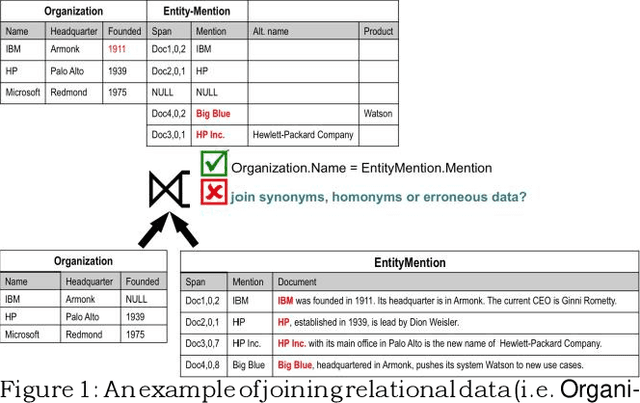

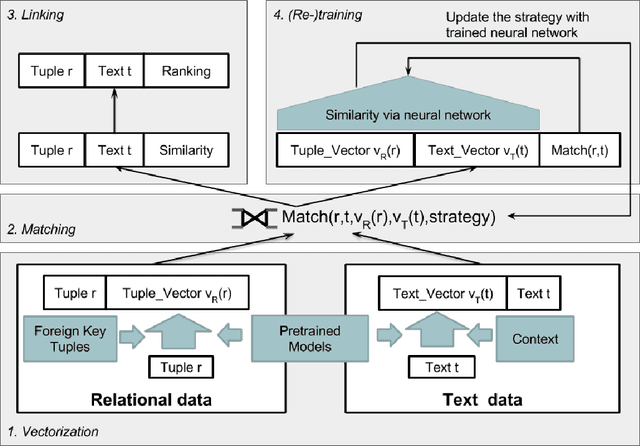

Abstract:We present a novel architecture, In-Database Entity Linking (IDEL), in which we integrate the analytics-optimized RDBMS MonetDB with neural text mining abilities. Our system design abstracts core tasks of most neural entity linking systems for MonetDB. To the best of our knowledge, this is the first defacto implemented system integrating entity-linking in a database. We leverage the ability of MonetDB to support in-database-analytics with user defined functions (UDFs) implemented in Python. These functions call machine learning libraries for neural text mining, such as TensorFlow. The system achieves zero cost for data shipping and transformation by utilizing MonetDB's ability to embed Python processes in the database kernel and exchange data in NumPy arrays. IDEL represents text and relational data in a joint vector space with neural embeddings and can compensate errors with ambiguous entity representations. For detecting matching entities, we propose a novel similarity function based on joint neural embeddings which are learned via minimizing pairwise contrastive ranking loss. This function utilizes a high dimensional index structures for fast retrieval of matching entities. Our first implementation and experiments using the WebNLG corpus show the effectiveness and the potentials of IDEL.
FashionBrain Project: A Vision for Understanding Europe's Fashion Data Universe
Oct 26, 2017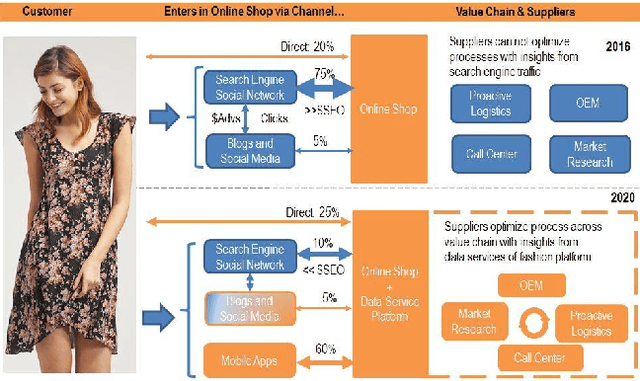
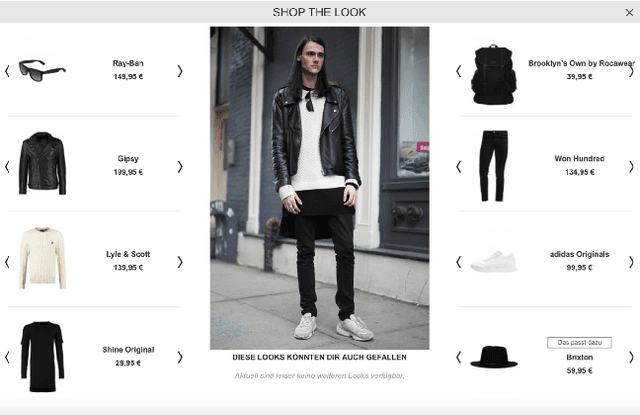
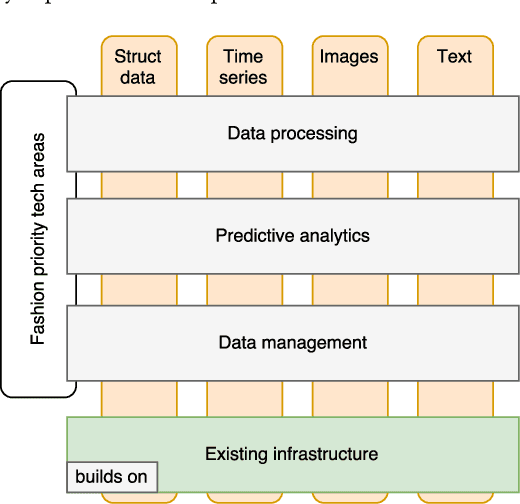
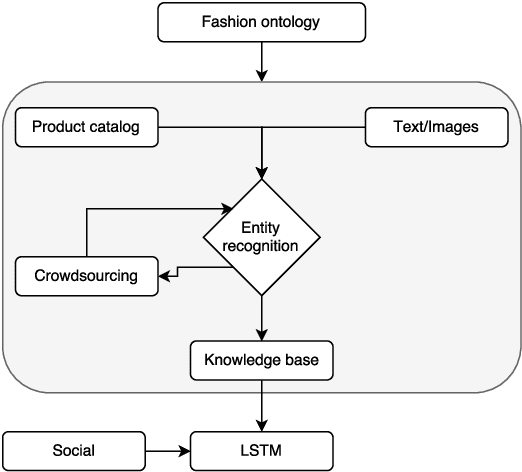
Abstract:A core business in the fashion industry is the understanding and prediction of customer needs and trends. Search engines and social networks are at the same time a fundamental bridge and a costly middleman between the customer's purchase intention and the retailer. To better exploit Europe's distinctive characteristics e.g., multiple languages, fashion and cultural differences, it is pivotal to reduce retailers' dependence to search engines. This goal can be achieved by harnessing various data channels (manufacturers and distribution networks, online shops, large retailers, social media, market observers, call centers, press/magazines etc.) that retailers can leverage in order to gain more insight about potential buyers, and on the industry trends as a whole. This can enable the creation of novel on-line shopping experiences, the detection of influencers, and the prediction of upcoming fashion trends. In this paper, we provide an overview of the main research challenges and an analysis of the most promising technological solutions that we are investigating in the FashionBrain project.
 Add to Chrome
Add to Chrome Add to Firefox
Add to Firefox Add to Edge
Add to Edge